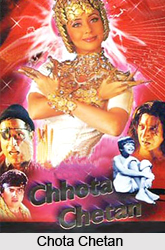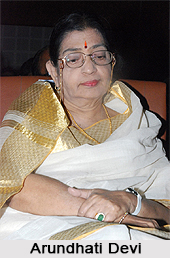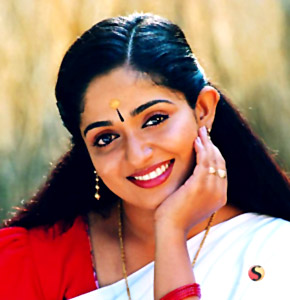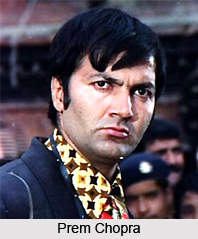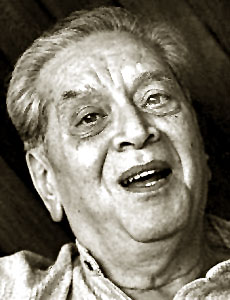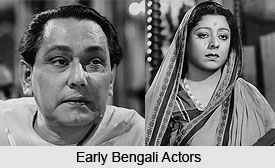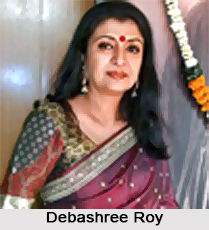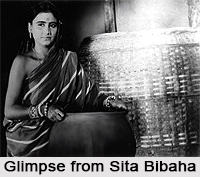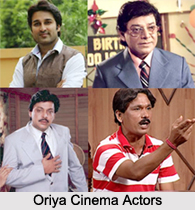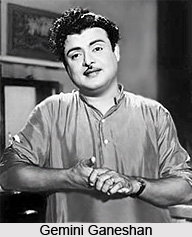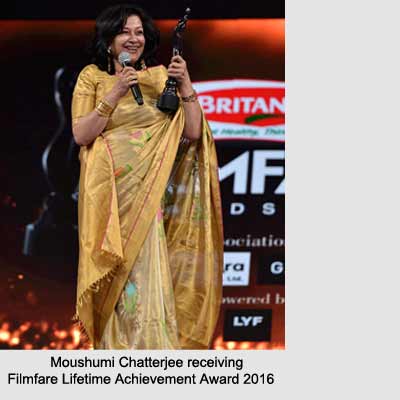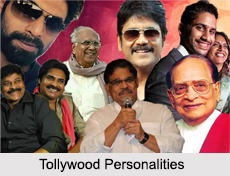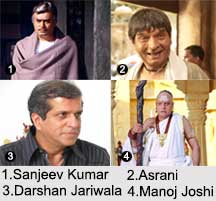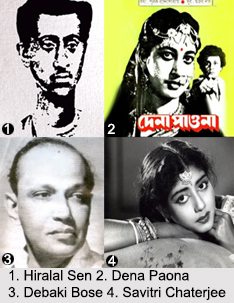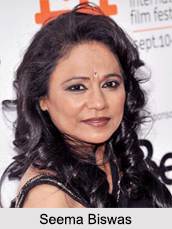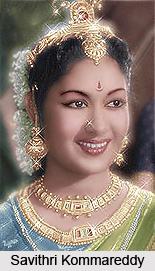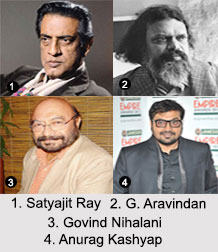 Parallel Cinema in India took birth with the objective of developing art films as a prominent alternative to the mainstream commercial films of Bollywood and regional cinemas. This was pioneered by eminent filmmakers of Bengali Cinema, namely Satyajit Ray, Ritwik Ghatak, Mrinal Sen, Tapan Sinha and others, during the Golden Age of Indian Cinema in the 1950s. It later grew as a popular genre of Indian Cinema and witnessed filmmakers of consummate artistic vision and cinematic brilliance.
Parallel Cinema in India took birth with the objective of developing art films as a prominent alternative to the mainstream commercial films of Bollywood and regional cinemas. This was pioneered by eminent filmmakers of Bengali Cinema, namely Satyajit Ray, Ritwik Ghatak, Mrinal Sen, Tapan Sinha and others, during the Golden Age of Indian Cinema in the 1950s. It later grew as a popular genre of Indian Cinema and witnessed filmmakers of consummate artistic vision and cinematic brilliance.
Satyajit Ray, regarded one of the greatest filmmakers of the 20th century, was the forefather of Parallel Cinema in India, who with his very first film "Pather Panchali" (1955), which won immense international recognition, erected a strong base and impetus for artistic and reality-oriented films. Prior to this, it was Chetan Anand`s "Neecha Nagar" (1946) that showcased social reality and won the Grand Prize at the first Cannes Film Festival. Ritwik Ghatak was a professor at the Film and Television Institute of India (FTII) whose cinematic works are remembered for their meticulous depiction of social reality. His films "Nagarik" (1952) and "Ajantrik" (1958) were the momentum-conferring films to parallel cinema at its nascent stage. Mrinal Sen is another renowned ambassador of Indian Parallel Cinema on the global front, whose 1969 landmark Hindi drama "Bhuvan Shome" was another foundation stone for parallel cinema.
The concept of showcasing neo-realism through such films was prominently taken up by Shyam Benegal, whose first 4 feature films "Ankur" (1973), "Nishant" (1975), "Manthan" (1976) and "Bhumika" (1977) were instrumental in lending parallel cinema its prominent shape in the 70s. Benegal has won the National Film Award for Best Feature Film in Hindi a whooping 7 times. Adoor Gopalakrishnan, often regarded as the spiritual heir of Satyajit Ray extended parallel cinema to the Malayalam film industry with "Swayamvaram" (1972), "Elippathayam" (1981), "Mukhamukham" (1984) and "Mathilukal" (1989). G. Aravindan was a famed Indian "neo-realist", whose films "Uttarayanam" (1975), "Chidambaram" (1985) and "Vasthuhara" (1991) are National Award-winning pieces of parallel cinema.
Filmmakers Bimal Roy and Guru Dutt had successfully amalgamated artistic films with commercial elements. Their internationally acclaimed films "Do Bigha Zamin" (1953) and "Pyaasa" (1957) were both critical and commercial successes. Saeed Akhtar Mirza and Govind Nihalini were leading directors of parallel cinema in Bollywood in the 70s and 80s, with films like "Albert Pinto Ko Gussa Kyoon Aata Hai" (1980), "Aakrosh" (1980), "Ardh Satya" (1983), "Mohan Joshi Hazir Ho!" (1984), "Naseem" (1995) and "Hazaar Chaurasi Ki Maa" (1998).
The resurgence of Parallel Cinema post setback in the 90s was driven by works of modern filmmakers like Mani Ratnam, Ram Gopal Varma, Rituparno Ghosh, Aparna Sen, Gautam Ghose, Nagesh Kukunoor, Jahnu Barua, Sudhir Mishra, Anurag Kashyap, Vikramaditya Motwane and Deepa Mehta.
